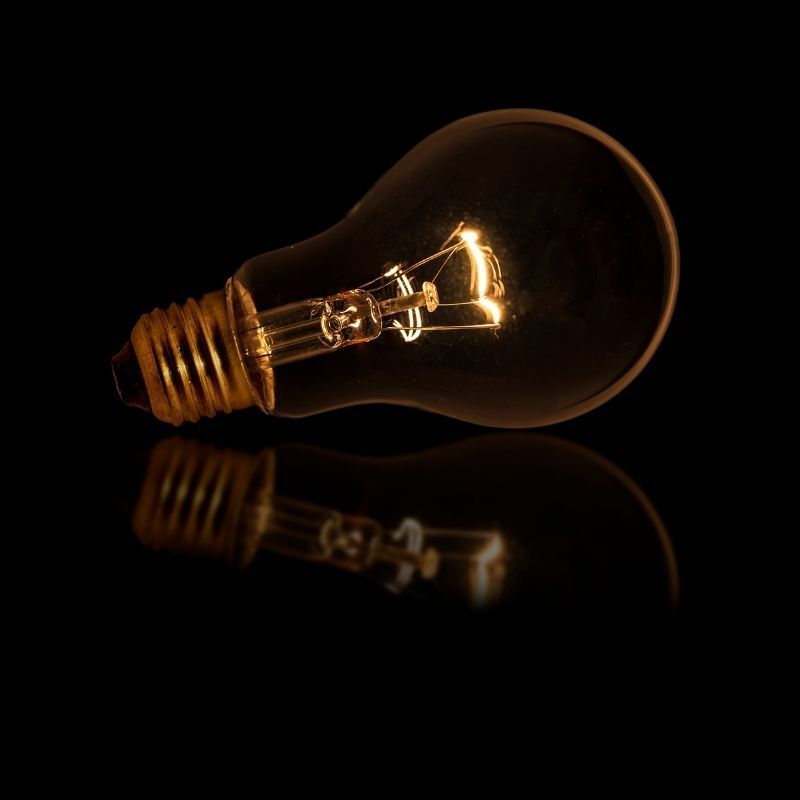What is the Renewable Heat Incentive Scheme?
The Renewable Heat Incentive scheme (RHI) is a UK Government programme designed to encourage both domestic and non-domestic customers to use renewable heat technologies.
A Guide to the Renewable Heat Incentive (RHI) Scheme
The RHI scheme’s primary objective is to help the UK hit its target of producing 12% of its heat from renewable sources by the end of 2020. The RHI scheme is run in England, Scotland, and Wales and comes in two versions, a domestic (for residential homes) and non-domestic (businesses, commercial and public sector organisations) incentive.
To encourage more households and organisations to use renewables the scheme pays those who do adopt such technology. Those who want to apply must do so through energy regulator Ofgem who also makes payments to successful applicants. Eligible installations receive quarterly payments over 20 years based on the amount of heat generated.
The scheme comes in the form of two different options: The Non-Domestic RHI and the Domestic RHI .
The Northern Ireland RHI Political Scandal
In 2016, Northern Ireland was hit by a political scandal revolving around the RHI scheme. The scandal centred on a failed renewable energy incentive scheme that went on to cost the taxpayer £500 million.
Critics of the scheme blamed the spiralling costs on the failure to introduce proper cost controls that led to it spiralling out of control.
Arlene Foster of the DUP who oversaw the scheme refused to step aside resulting in Sinn Fein leader Martin McGuinness to resign as deputy First Minister of Northern Ireland in protest. The scandal resulted in the collapse of the power sharing government, which to this day remains in deadlock.
In the wider UK, the scheme remains in place and is overseen by Ofgem.
The Non-Domestic RHI
The Non-Domestic RHI scheme provides financial incentives to non-profit, public sector and commercial organisations that introduce renewable heat sources.
Applicants can include schools, hospitals, and small and large businesses.
Those organisations that are eligible can receive payments over a 20-year period based on the amount of heat generated.
For an organisation to be eligible for the Non-Domestic RHI it needs to satisfy the following criteria:
-
Applicants must be the owner of the installation
-
Equipment must have been installed and first commissioned on or after 15 July 2009
-
If a grant from public funds has been received, it needs to be repaid in most circumstances
-
Medium of heat transfer must be liquid or steam, i.e. no direct air heating
-
For solid biomass, heat pumps and solar thermal, the installation must be MCS or equivalent EN45011 or ISO 17065 accredited if installed capacity is 45kWth
-
The metering arrangements must be correct – the right type of meters calibrated and placed in correct locations
-
You cannot use the equipment to heat a single domestic property
The Domestic RHI
The Domestic RHI does what it says on the tin in that it is aimed at domestic properties. However, there is one big change in that the single property in question must have an Energy Performance Certificate (EPC). The certificate is needed as proof that the property in question is indeed a domestic dwelling.
The domestic RHI was launched on 9th April 2014 and provides financial support to the owner of a renewable heating system for seven years. The scheme covers England, Wales, and Scotland (Northern Ireland has a separate scheme) and is targeted at - but not limited to - off-gas households.
People who join the scheme and keep to its rules receive payments every three months for seven years.
Households on the domestic RHI can install more than one of the eligible technologies and receive payments for each one used. The amount paid depends on how many kWh of heat produced, the type of technology used, when you applied for the scheme and your EPC. The payment rates also vary depending on the performance of the Consumer Price Index (CPI).
The domestic RHI scheme was first launched in 2014 by the Department for Business, Energy, and Industrial Strategy (BEIS) and has seen 67,971 domestic accreditations since then. A total of 9,949 applications were submitted to the Domestic RHI scheme across 2018/19 (an increase of 6.49% from 2017/18).
Who is eligible?
In order to join the domestic RHI scheme, the renewable heat technology you install must heat a single domestic property. The building must also have an Energy Performance Certificate (EPC).
Suitable systems that qualify for RHI payments include:
-
Biomass only boilers, and biomass pellet stoves
-
Air source heat pumps
-
Ground source heat pumps
-
Flat plate and evacuated tube solar thermal panels
The amount paid by Ofgem to those signed up to the Domestic RHI scheme by in 2018/19 was:
-
Biomass £49,373,310
-
Ground source heat pump £34,320,266
-
Air source heat pump £28,479,676
-
Solar thermal £2,559,535
To take part in the Non-Domestic (RHI) scheme, you must be the owner of the installation, or where there are several owners you must have permission to act for the other owners.
To apply you must have a Microgeneration Certification Scheme (MCS) Certificate for your installation and a domestic Energy Performance Certificate (EPC) for the property.
New regulations are due to come into force in May 2020.
How Does it Work?
The Renewable Heat Incentive gives financial support to people who use certain renewable technologies to heat their homes. The payments are meant to help offset the cost of installing and running your new heating system.
The domestic part of the RHI launched in April 2014. It is government-funded, by the Department for Business, Energy and Industrial Strategy, and aims to cut carbon emissions and help the UK meet its renewable energy targets. You apply to energy regulator Ofgem to join the scheme and it makes payments to you.What Does the RHI Scheme Mean for Energy Suppliers?
With Ofgem being responsible for administering the scheme on behalf of the government and both schemes being funded by HM Treasury, neither the domestic nor non-domestic RHI schemes are an obligation for energy supply companies.
Further Reading
Add your customers to the Priority Service Register with Dyball’s CRM
The Benefits of SaaS for the Energy Market
For more information on how to start and manage an energy company, get in touch with Dyball Associates today.
Follow us on Twitter and LinkedIn to keep up to date with the latest newsand updates in the energy industry.




